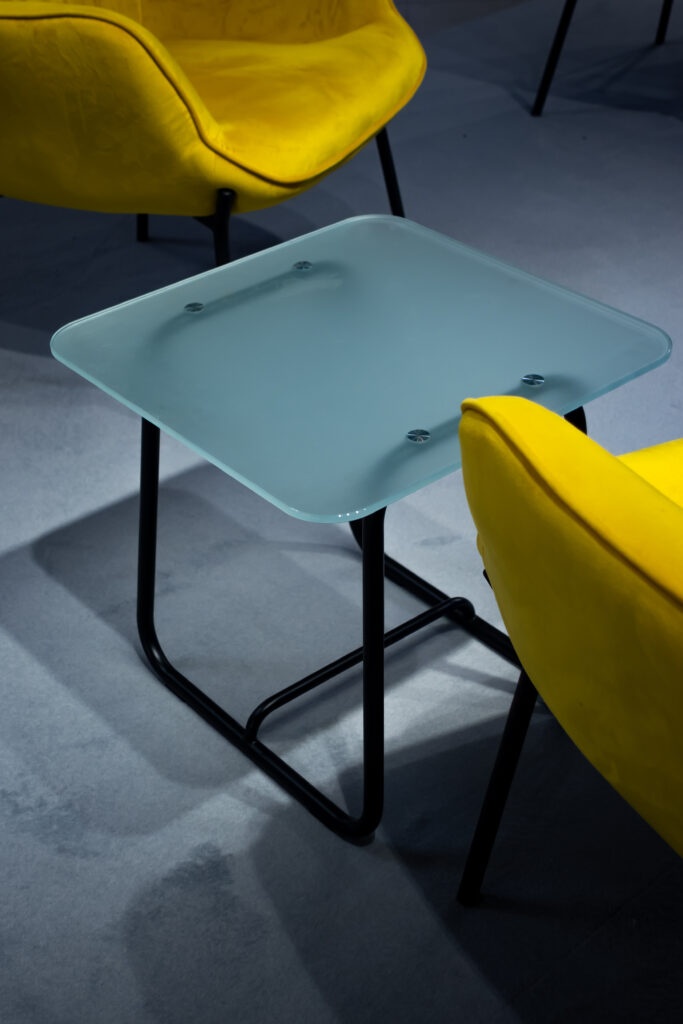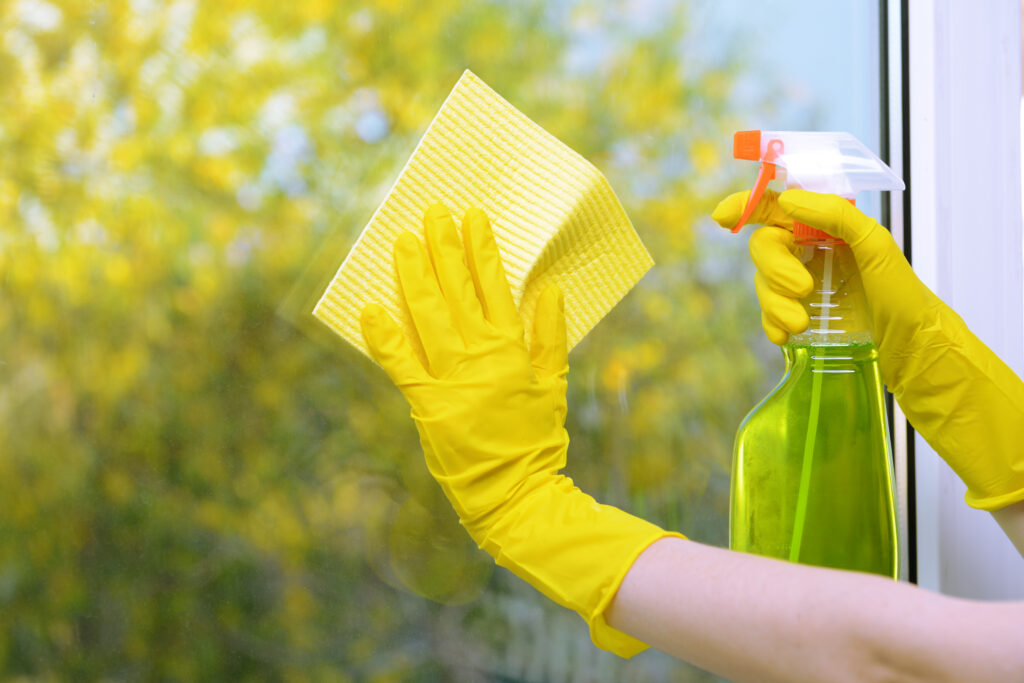
As you enjoy the warmth of natural sunlight streaming in through your windows, it’s easy to overlook the potential dangers of UV exposure. While sunlight is essential for your well-being, boosting your mood and supporting overall health, prolonged UV exposure can pose significant risks to both your health and the interior of your home.
Keep reading to explore the hidden dangers of UV exposure and learn why investing in UV-blocking windows is essential for safeguarding your home and your family.
Health Risks of UV Exposure
Ultraviolet rays are a type of electromagnetic radiation emitted by the sun. There are three types of UV radiation: UVA, UVB, and UVC. The earth’s atmosphere blocks most UVC radiation — the most harmful type — but not UVA and UVB radiation. These are the rays responsible for various health and environmental concerns.
There’s a reason why wearing sunscreen is so important. Excessive UV exposure can damage DNA in skin cells and have significant consequences for human health, especially for individuals with fair skin. Prolonged exposure to UVB radiation is the primary cause of sunburn and premature aging, and it significantly increases the risk of skin cancer.
In fact, most skin cancers, including basal cell and squamous cell, develop as a result of excessive UV radiation. Melanoma, a more serious type of skin cancer, is also related to sun exposure.
Due to their longer wavelength, UVA rays contain less energy than UVB rays; however, they can penetrate deeper into the skin. UVA radiation is known for causing long-term damage like age spots, wrinkles, and a weakened immune system.
The dangers of UV exposure go beyond the skin. These damaging rays can also affect the eyes, leading to serious conditions such as macular degeneration, cataracts, and photokeratitis, which is a painful condition similar to a sunburn on the eye.
Protecting Your Home
You may think you’re safe from UV exposure indoors and out of direct sunlight, but this isn’t necessarily true. UV radiation can also penetrate through windows, exposing you to its harmful effects within the walls of your home. Plus, UV rays can wreak havoc on your belongings over time, causing flooring, furniture, and decor to fade and deteriorate.
This is where UV-blocking windows come in. Thanks to modern technology, you can enjoy the warmth of natural light while being protected from excessive UV exposure. These innovative windows are equipped with films or coatings that block harmful UV rays from entering your home while still allowing light to pass through. By opting for UV-blocking windows in your home, you can safeguard both your family and your belongings.

Benefits of UV-Blocking Windows
The benefits of UV-blocking windows are wide and varied, including:
- Health protection: UV-blocking windows help reduce you and your family’s risk of developing skin cancer, premature aging, and other UV-related health issues by minimizing the amount of harmful UV rays that are allowed to infiltrate your home.
- Preservation of interiors: Thanks to their UV-blocking properties, these windows help preserve your treasured furniture, flooring, and decor, prolonging their lifespan and reducing the need for premature replacement or refurbishment.
- Energy efficiency: Many UV-blocking windows also offer additional insulation benefits, which help regulate indoor temperatures and reduce energy consumption by minimizing the amount of heat transferred through your windows. This translates to cost savings in the long run.
- Enhanced comfort: By reducing glare and blocking heat, UV-filtering windows create a more comfortable environment within your home, allowing you to bask in natural sunlight without the annoyance of excessive heat or brightness.
- UV protection without sacrificing views: Traditional tinted windows can obstruct your views and darken your interior spaces, making your home feel smaller and more cramped. UV-blocking windows, on the other hand, maintain visibility and clarity, allowing you to enjoy unobstructed views while still experiencing the advantages of UV protection.
Innovative Windows From Moyes Glass

As you strive to create a safer and healthier home environment for yourself and your family, it’s crucial to recognize the dangers posed by excessive UV exposure and take proactive steps to lessen its impact. Investing in UV-blocking windows is a highly effective way to protect your home and your loved ones from the harmful effects of UV radiation.
At Moyes Glass, we are proud to offer the latest and greatest in window technology, with a wide range of high-quality windows designed to enhance your home’s safety, comfort, and longevity. Contact us today to learn more about how we can help you create a healthier and more sustainable living space.
 (801) 528-9495
(801) 528-9495






